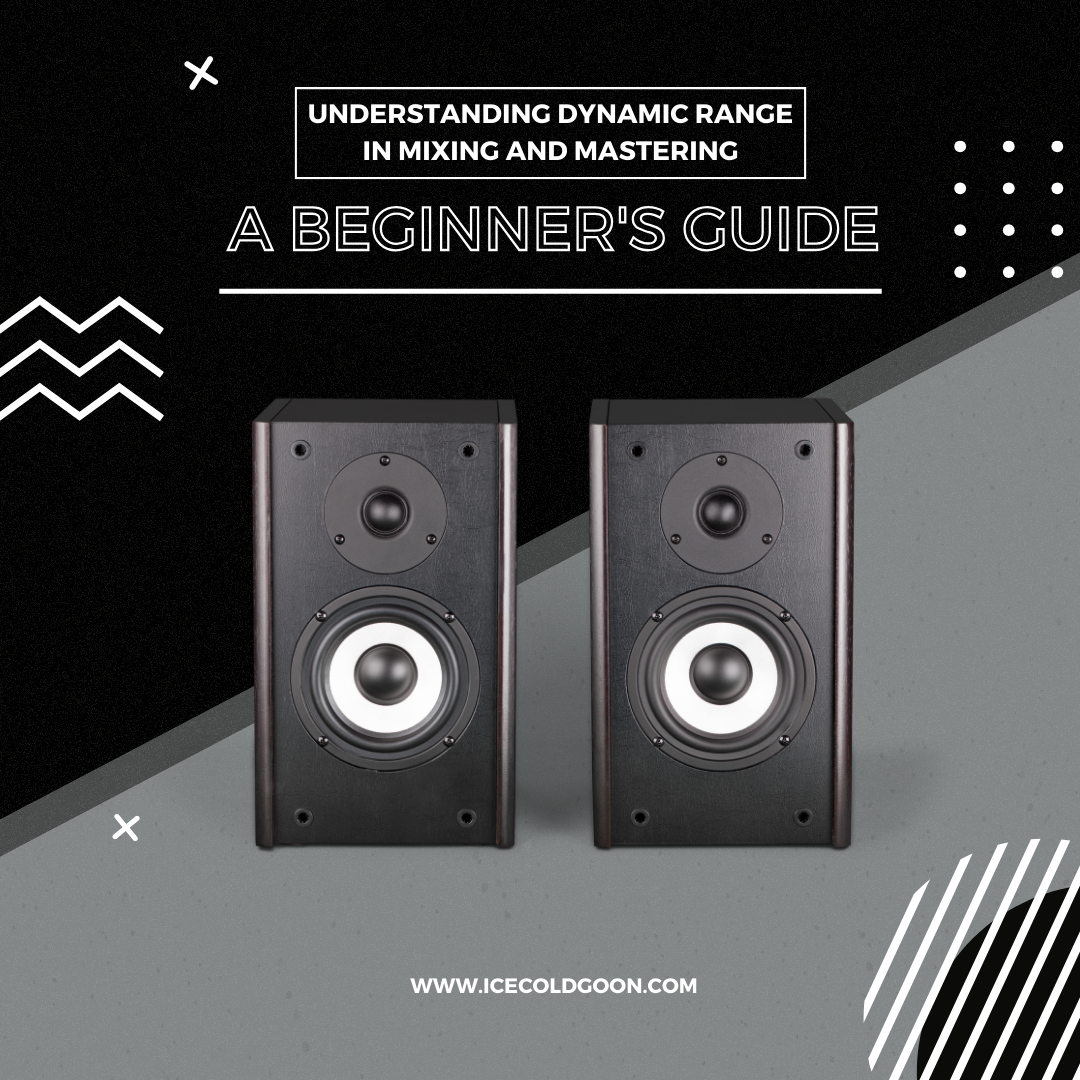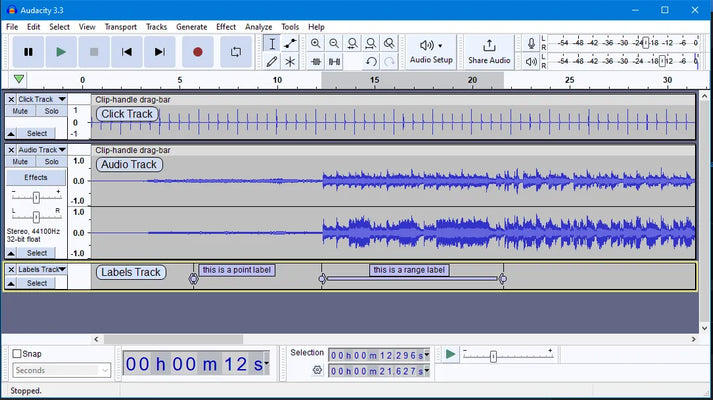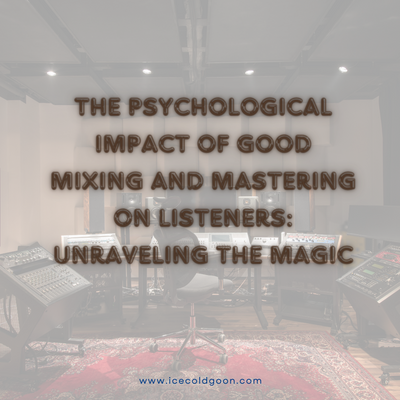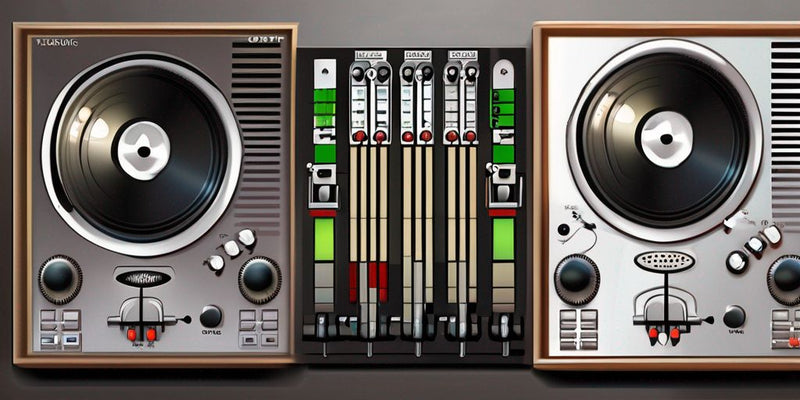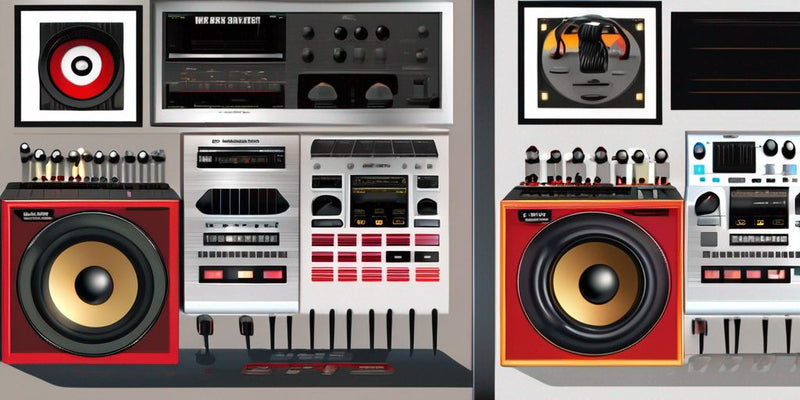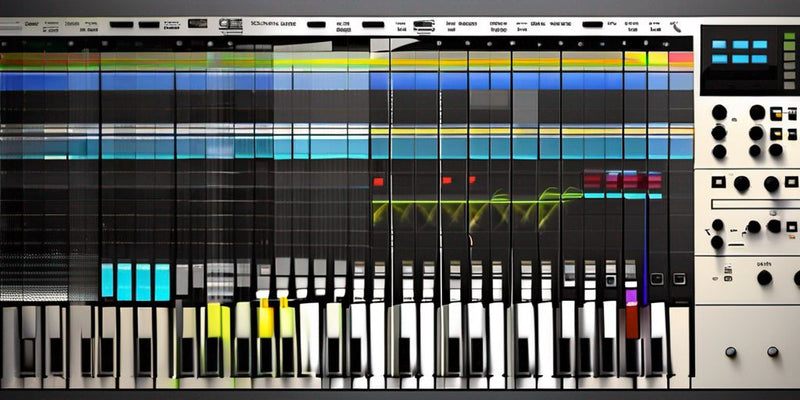Section 1: Demystifying Dynamic Range
What is Dynamic Range?
Dynamic range refers to the difference between a piece of music's quietest and loudest parts. It's the range of volume levels that exist within a track. Understanding and controlling dynamic range is essential in achieving a balanced and professional-sounding mix.
The Significance of Dynamic Range in Audio Production
Why Does Dynamic Range Matter?
Dynamic range is crucial because it impacts your music's clarity, punch, and overall impact. A well-maintained dynamic range ensures that every element in your mix has room to breathe, allowing for a more engaging and immersive listening experience.
Transition: Now, let's explore some practical tips for managing dynamic range...
Practical Tips for Managing Dynamic Range
- Gain Staging: The Foundation of Dynamic Range Control
Maintaining proper gain staging ensures that the levels of individual tracks are optimized. Start by setting appropriate gain levels for each element in your mix. This foundation sets the stage for effective dynamic range management.
- Utilize Compression Wisely
Compression is a powerful tool for controlling dynamic range. It helps even out the levels of a track by reducing the volume of louder parts. Use compression judiciously to smooth out peaks and create a more consistent sound.
- Embrace Automation for Dynamic Control
Automation allows you to adjust volume levels dynamically throughout a track. By automating volume changes, you can emphasize some aspects during crucial moments, adding depth and impact to your mix.
Transition: Now, let's discuss the role of dynamic range in the mastering stage...
Dynamic Range in Mastering
How Does Dynamic Range Affect Mastering?
In mastering, dynamic range plays a significant role in determining a track's overall loudness and clarity. Properly managing dynamic range during mastering ensures the final mix maintains its intended impact across various playback systems.
Transition: Let's delve into some valuable tools and techniques for dynamic range control...
Tools and Techniques for Dynamic Range Control
- Multi-band Compression
Multi-band compression allows you to target specific frequency ranges, providing precise control over dynamic elements in your mix. It's an invaluable tool for sculpting your music's tonal balance and emotional profile.
- Limiting for Loudness Optimization
Limiting is a crucial step in mastering that helps maximize the loudness of a track without causing distortion. It allows you to push the volume levels to their fullest potential while maintaining clarity and impact.
Transition: Now, let's touch on the availability of mixing and mastering services...
Professional Mixing and Mastering Services
When to Consider Professional Help
If you find dynamic range management challenging or need a polished, industry-standard sound, consider enlisting the services of professional mixing and mastering engineers. They have the expertise and tools to take your tracks to the next level.
Understanding Prices and Options
Mixing and mastering services come in various packages and price ranges. Research and compare options to find a service that aligns with your budget and specific needs.
Mastering Dynamic Range for Stellar Sound
Understanding dynamic range is fundamental to achieving a professional mix and master. By implementing these tips and techniques, you'll be well on your way to creating balanced, impactful music that captivates your audience.

